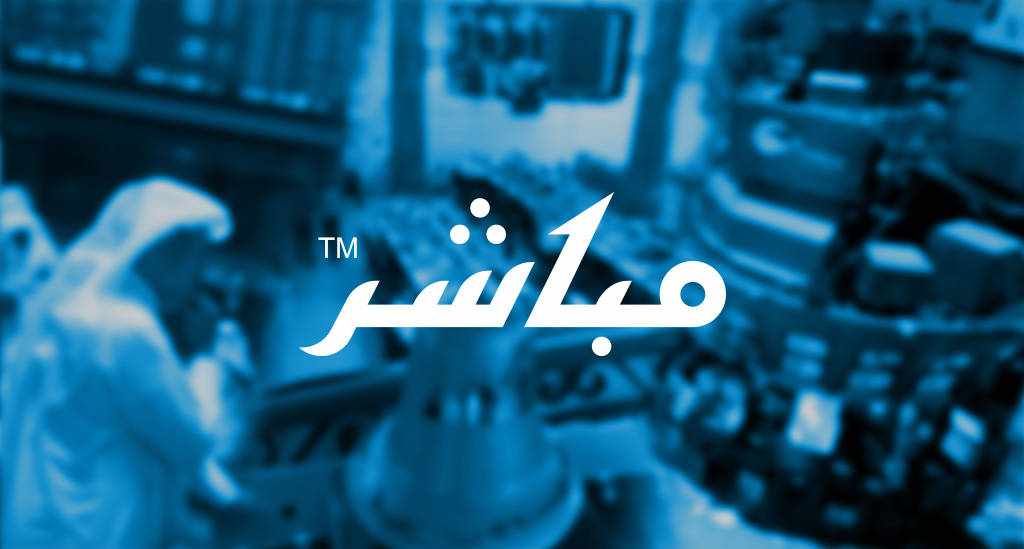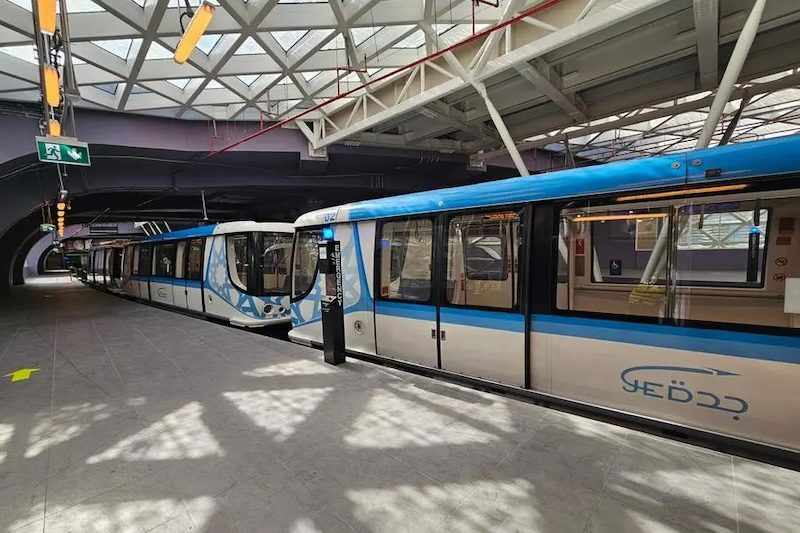Saudi banks go from humble beginnings to global players
- Date: 03-Sep-2021
- Source: Zawya
- Sector:Financial Services
- Country:Saudi Arabia
Saudi banks go from humble beginnings to global players
The Saudization option to the foreign bankers was a simple choice: Either conform, benefit from a countrywide branch expansion, gain access to a larger market and retain management control, or leave. No one left, however. In the 2000s, an increasingly confident Saudi Central Bank, then known as the , began to open the domestic market to majority foreign-owned commercial and investment banks eager to participate in the opportunities provided by the liberalization and economic initiatives of the Vision 2030 program. It has come full circle, except this time, the local Saudi banks can stand on their feet and compete in all spheres of banking with their foreign competitors. In 2020, the Saudi banking sector comprised 13 local banks, five of which held assets with more than SR200 billion ($53.3 billion). The National Commercial Bank was the largest with assets of SR510 billion while the other Saudi megabanks included Al-Rajhi (SR384 billion), Riyad Bank (SR265 billion), and Saudi British Bank (SR270 billion) following its merger with Alawal Bank. The allure of globalization and domestic liberalization swept through many global financial centers as regulators had to keep abreast of the latest controls to ensure the soundness of their local banking systems. To


















